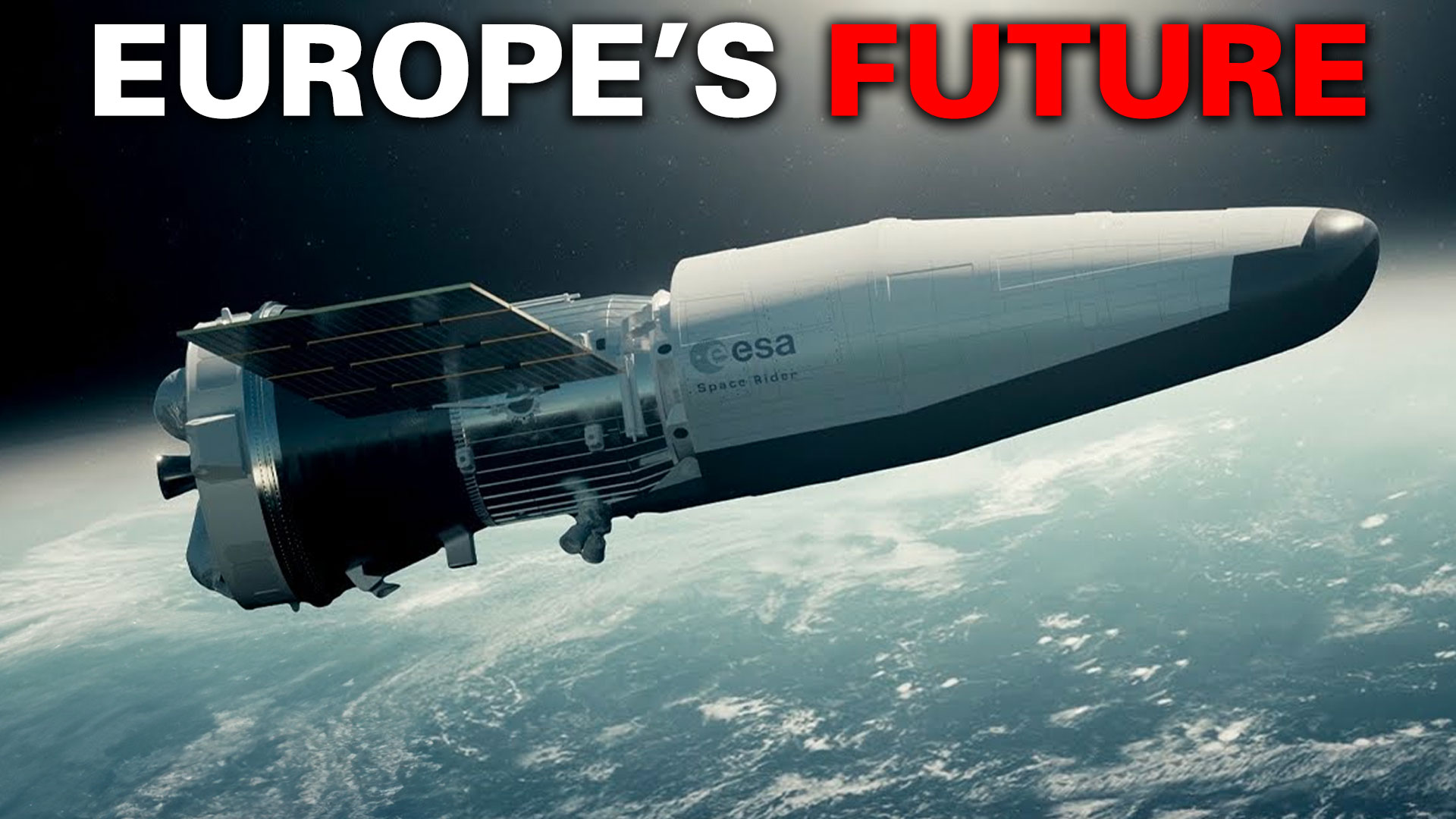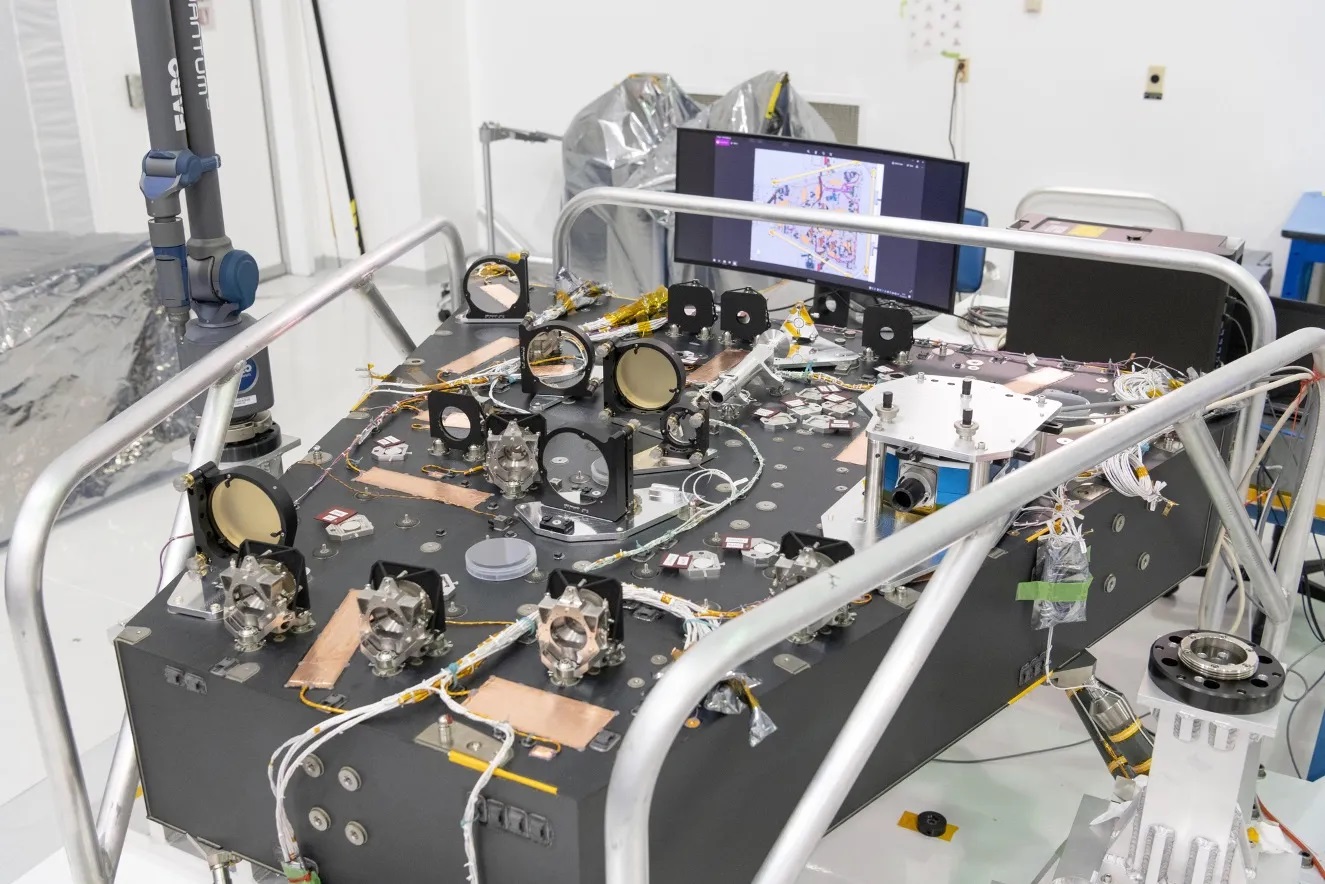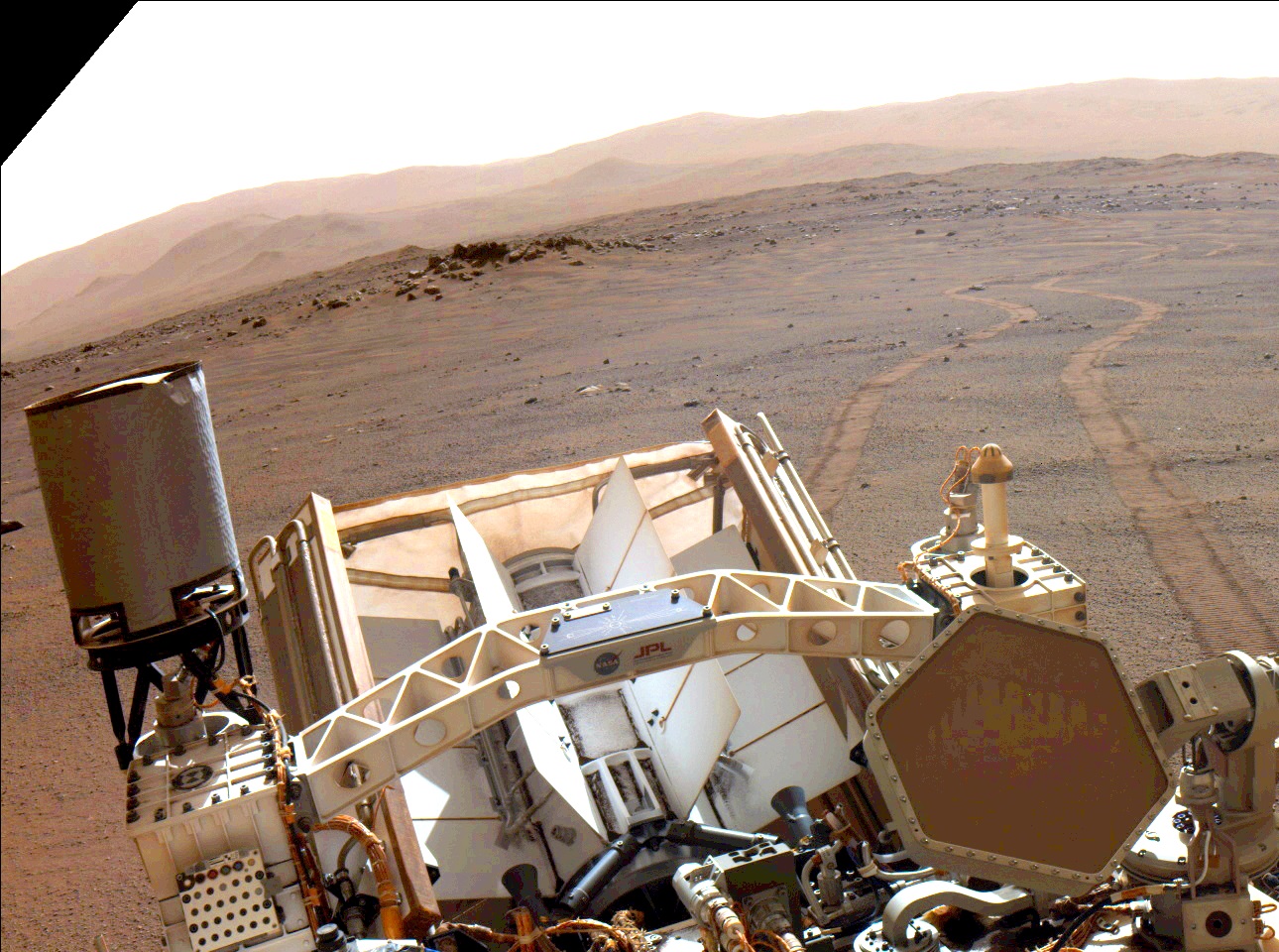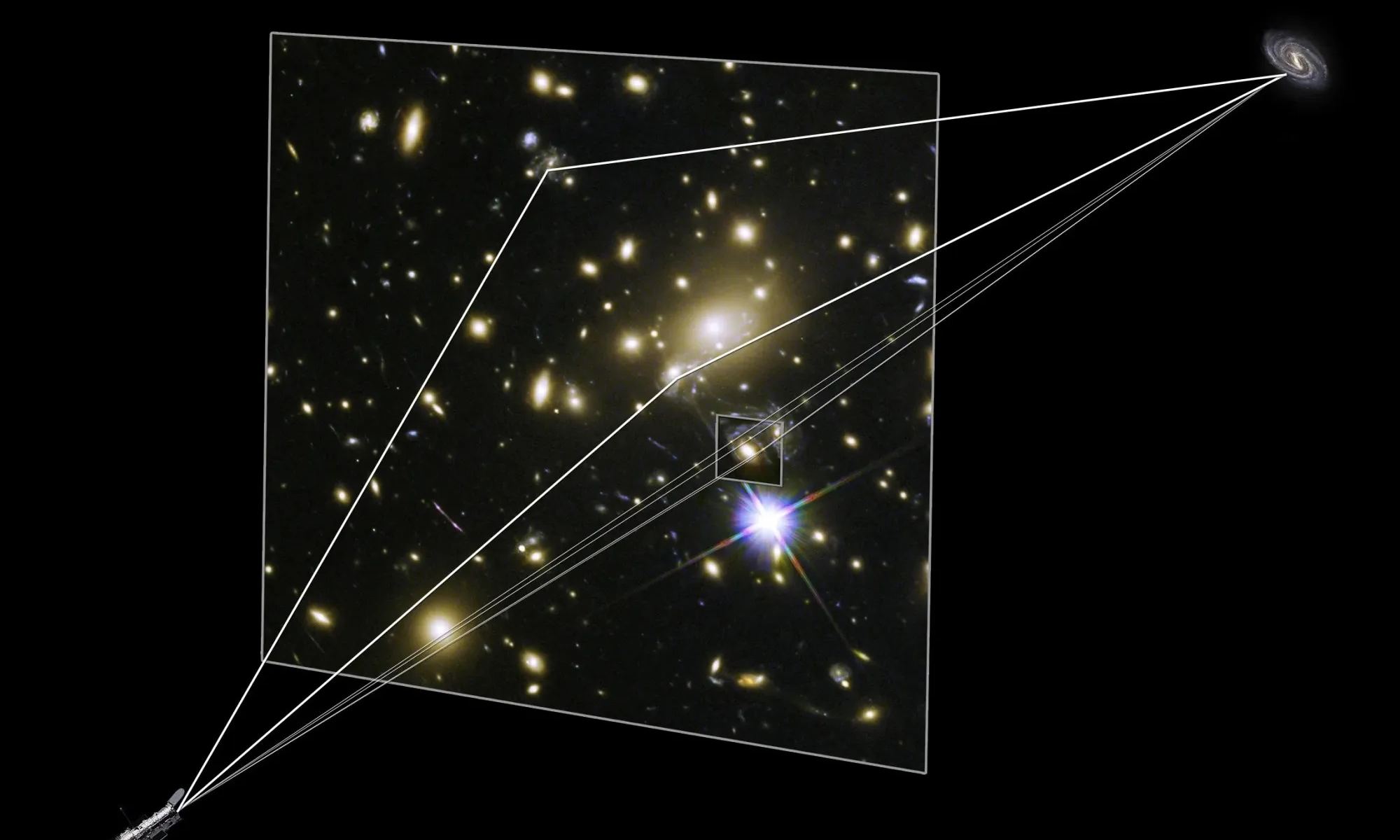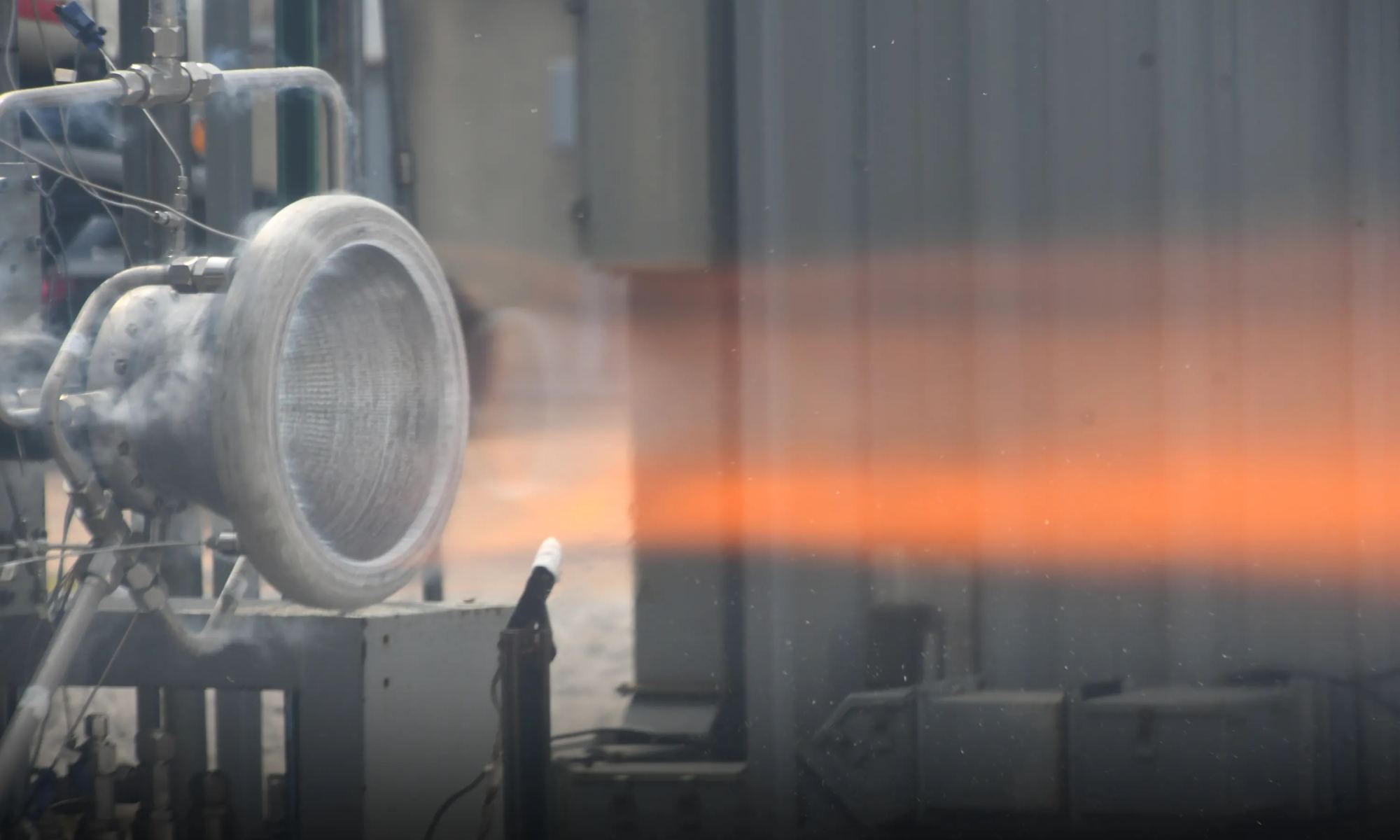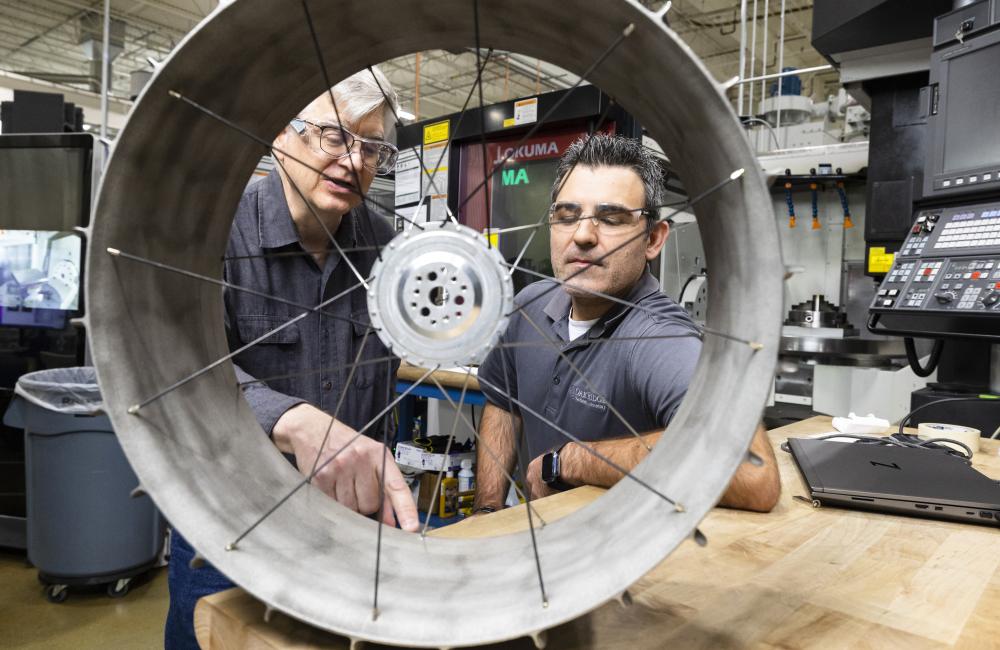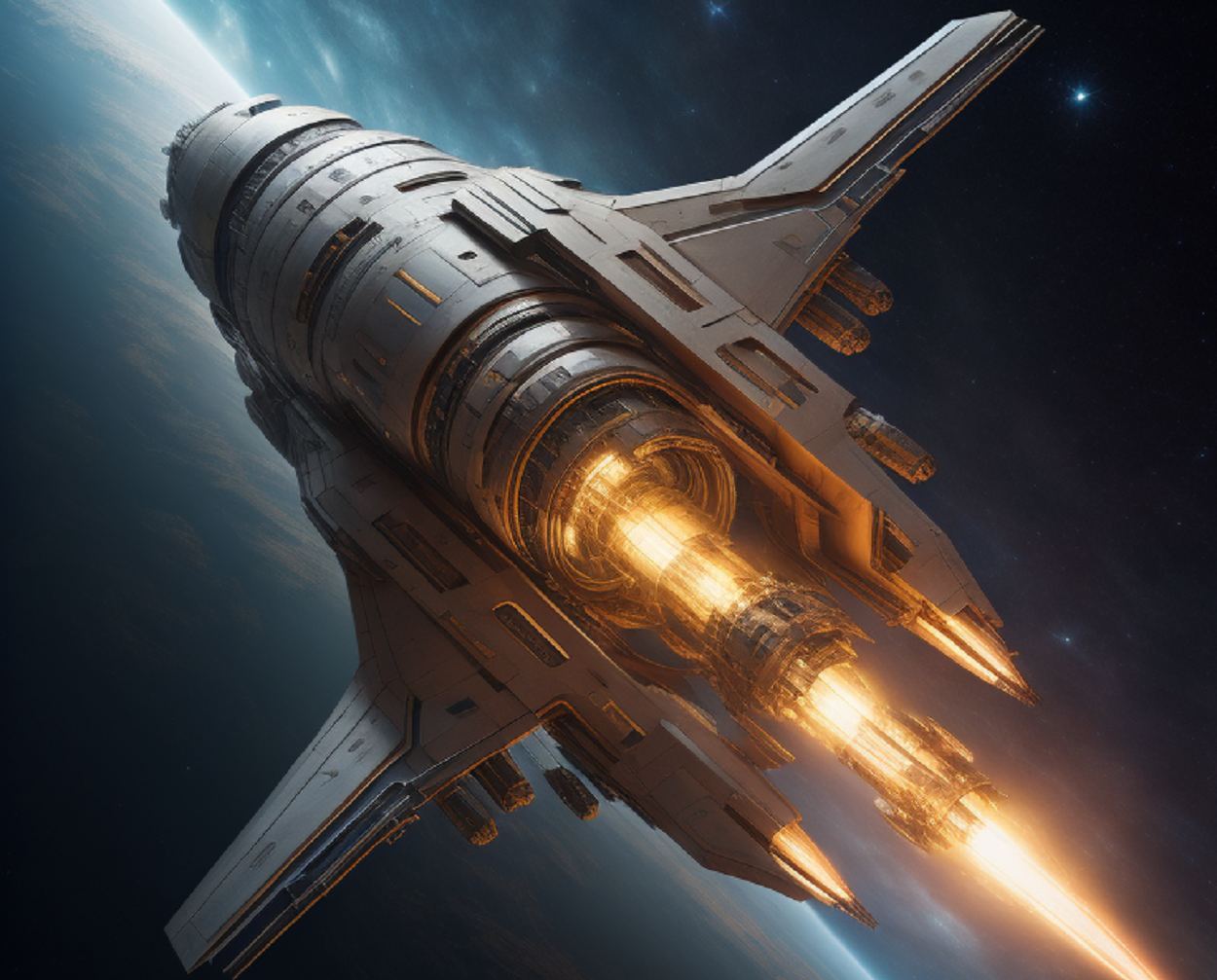Humans have dreamed about traveling to other star systems and setting foot on alien worlds for generations. To put it mildly, interstellar exploration is a very daunting task. As we explored in a previous post, it would take between 1000 and 81,000 years for a spacecraft to reach Alpha Centauri (of which Proxima Centauri is considered a companion) using conventional propulsion (or those that are feasible using current technology). On top of that, there are numerous risks when traveling through the interstellar medium (ISM), not all of which are well-understood.
Under the circumstances, gram-scale spacecraft that rely on directed-energy propulsion (aka. lasers) appear to be the only viable option for reaching neighboring stars in this century. Proposed concepts include the Swarming Proxima Centauri, a collaborative effort between Space Initiatives Inc. and the Initiative for Interstellar Studies (i4is) led by Space Initiative’s chief scientist Marshall Eubanks. The concept was recently selected for Phase I development as part of this year’s NASA Innovative Advanced Concepts (NIAC) program.
Continue reading “NASA Selects Bold Proposal to “Swarm” Proxima Centauri with Tiny Probes”

